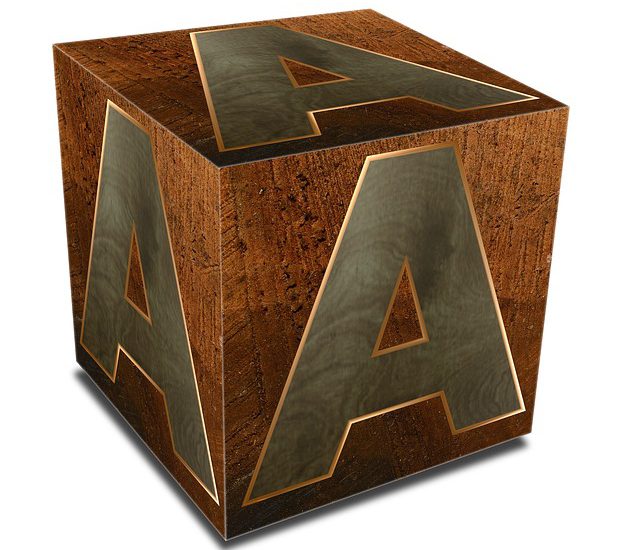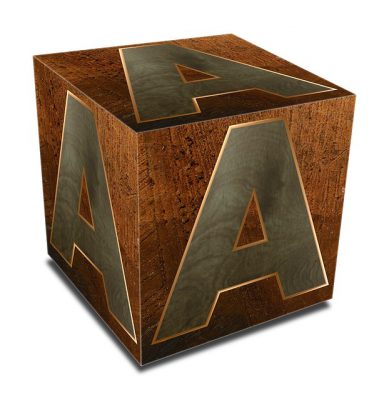- January 27, 2021
- Posted by: David Marshall
- Category: Digital Transformation, Innovation, Manufacturing

You’re no doubt hearing more and more about blockchain and how it’s being used in new and different applications. For one thing, you’re probably hearing more about Bitcoin, and you may even know that it operates on the blockchain principles.
But what is blockchain? Is it important? Can manufacturers use it? Should we use it?
In a word, Yes, yes, yes, and yes. (Okay, four words.)
What is blockchain?
If you want to know whether you should use it, you should know what it is. So here’s a basic explanation. (You can also see a good video explanation about it here.
First of all, you’ll hear this from everyone: Blockchain is a decentralized, distributed ledger.
- That means basically that there’s a metaphorical ledger that keeps track of specific transactions: “Alan paid Betty $50.”
- There’s not one ledger that is THE final word on those transactions, like a bank’s. Centralized ledgers like that can be easily hacked and changed. “Alan gave Betty
$50$100.” - Not only is the ledger decentralized, but there are tens of thousands of copies of the ledger distributed around the world. And if one ledger gets changed, all the others can show that the first one was changed. “That’s not true! You gave her $50, and we can prove it.”
- That also means any attempts to hack one of the ledgers also gets recorded and added to all the other ledgers as well. “Hey, everyone! Alan tried to change his record.”
This means that it’s possible to trust a collection of data on blockchain, because you know that it can’t be changed and that thousands of computers prove that it’s verifiable.
What is a block?
 A block — the entry on the ledger — has three components.
A block — the entry on the ledger — has three components.
First, there’s the collection of data. For example, “Alan paid Betty $50.” String several of these together, and you have a chain of blocks. Hence, the name.
Each block can be a single piece of data, or it can be 30,000 data points collected into a single database entry. But rather than sharing that database entry, there’s just a code that says where the database entry can be found. And if you have the right software and permission, you could access that data to verify it.
Second, each block has a number, called a hash. It’s a particular number that’s a few dozen characters long, and it’s the only entry on our ledger that has that number.
Third, the block has another code that refers to the hash of the block that preceded it.
So if we wanted to create a chain of blocks, we would start with: “Block #A01: Alan paid Betty $50. See Block ____.” (Since there’s no block before it, this one is the Genesis block.)
The next block would say: “Block #A02: Betty paid Carl $30. See Block A01.”
The next block would say: “Block #A03: Carl bought pizza for $28.50. See Block A02.”
And we would have a chain of blocks that tell us all about those transactions.
We could use this same tool for a car where each “transaction” is something that was done to the car: The date and mileage of each oil change and tune-up, whether it was in a crash, whether it was in a flood, and so on.
We could do that for a house. We might keep track of when it was purchased, when it was renovated, when it had a fire, when it was rebuilt, when someone re-shingled the roof, and so on.
And because the blockchain is decentralized and distributed, no one could go in and delete the entry about the fire in order to fool a future buyer.
Using blockchain in manufacturing
Given how important ERP software, AI, machine learning, and huge databases of information have become in manufacturing, logistics, and shipping, you start to see where blockchain can be used. You could have a single block of information contain all the information about a particular product inside a single entry in a database, and that single cell can be added to another block about shipping that product, and another cell about delivering the product, and still another about installing the product.
For example, you could have a blockchain that shows a chain of both manufacturing and possession of oil field tubulars, from the time they’re created to the time they’re delivered to the customer.
(Keep in mind that everything is written in English for your understanding, but all of this is actually done via computer, it’s much longer and more complex, and is all created automatically.)
- A01: The Fiberglass Hut sent Global Manufacturing 5 large spools of fiberglass thread. Here’s the purchase order and packing list. Refer to Block _____. (Remember, this is the Genesis block, so there’s no block before it.
- A02: Global Manufacturing used a spool of fiberglass thread and built 10,000 tubulars. Here’s all the manufacturing data about each tubular, cross-linked with the serial number of each item. The shipments were undamaged when they left our dock. Refer to Block A01. (Keep in mind, manufacturing data could be collected in its own blockchain too.)
- A03: Global Manufacturing shipped 5,000 tubulars to ABC Supplies with these serial numbers. They were undamaged when they left our dock. Refer to Block A02.
- A04: ABC Supplies received 5,000 tubulars. They were undamaged when they arrived. Refer to Block A03.
- A05: ABC Supplies shipped 1,000 tubulars to Smith Oil Drillers. They were undamaged when they left. Refer to Block A04.
- A06: Smith Oil Drillers received 1,000 tubulars. 112 of them were damaged upon arrival. Refer to Block A05.
At the end of the chain, Smith Oil Drillers receives the tubulars, discovers they’re damaged, and they can go back and look to see when and where they got damaged. Since they arrived (and left) undamaged from Block A01 to Block A05, Smith can conclude that the tubulars were damaged in transit on the way to their facility, and take the appropriate steps.
With all of this data, you can see all kinds of things with it. You can see where the tubulars were damaged (in transit to Smith’s). You can see how many tubulars ABC had on hand. You can even see the manufacturing data that Global had stored, in case there was a warranty claim. And you could even see the point of origin of the original fiberglass if the supplier were in this system.
At the very least, this shows who had what, who made what, and who shipped what. It eliminates shipping errors because it shows where the mistake happened, and it can even be used during the picking and packing steps to compare it to the incoming order and make sure everything adds up.
If you were so inclined, you could even use blockchain to see who picked and packed an order, which could help you spot patterns in shipping errors.
As ManufacturingGlobal.com explained it:
So how do these benefits correlate to a real-life scenario? Imagine if you are going to your local supermarket and want to buy salad that is organic. How confident are you that the packaging is factual and not a marketing ploy? In this scenario, you would have to take the packaging at face-value, but if you applied blockchain technology to it, by simply scanning a QR code a customer could have access to every facet of information, ranging from where the salad was grown, how it was transported, stored, packaged, and ultimately placed on the shelf of the store you are attending. This has much broader industry-wide ramifications because, after all, how do manufacturers cross reference the information that is presented to them? What measures do you take to confirm that the information is correct, and what cost or time is incurred in doing that?
Is blockchain used in manufacturing right now?
Yes, blockchain is already being used. Carmakers BMW and Tesla are both using blockchain as part of their supply chain efforts.
BMW is requiring their suppliers to use their blockchain platform which will give them a better view of the OEM’s compliance with BMW’s rules, as well as a clearer view of the supply chain, which makes for a clearer audit trail.
It may be early days yet for blockchain, but as it’s growing, there is still time to ease into it. If you’re already using blockchain, you can either use it as part of another distributor’s blockchain system, or even help your own OEMs to start using it as well.
I’ve been a manufacturing executive, as well as a sales and marketing professional, for a few decades. Now I help companies turn around their own business, including pivoting within their industry. If you would like more information, please visit my website and connect with me on Twitter, Facebook, or LinkedIn.
Photo credit (wooden block): TheDigitalArtist (Pixabay, Creative Commons 0)
Photo credit (wooden block): TheDigitalArtist (Pixabay, Creative Commons 0)

